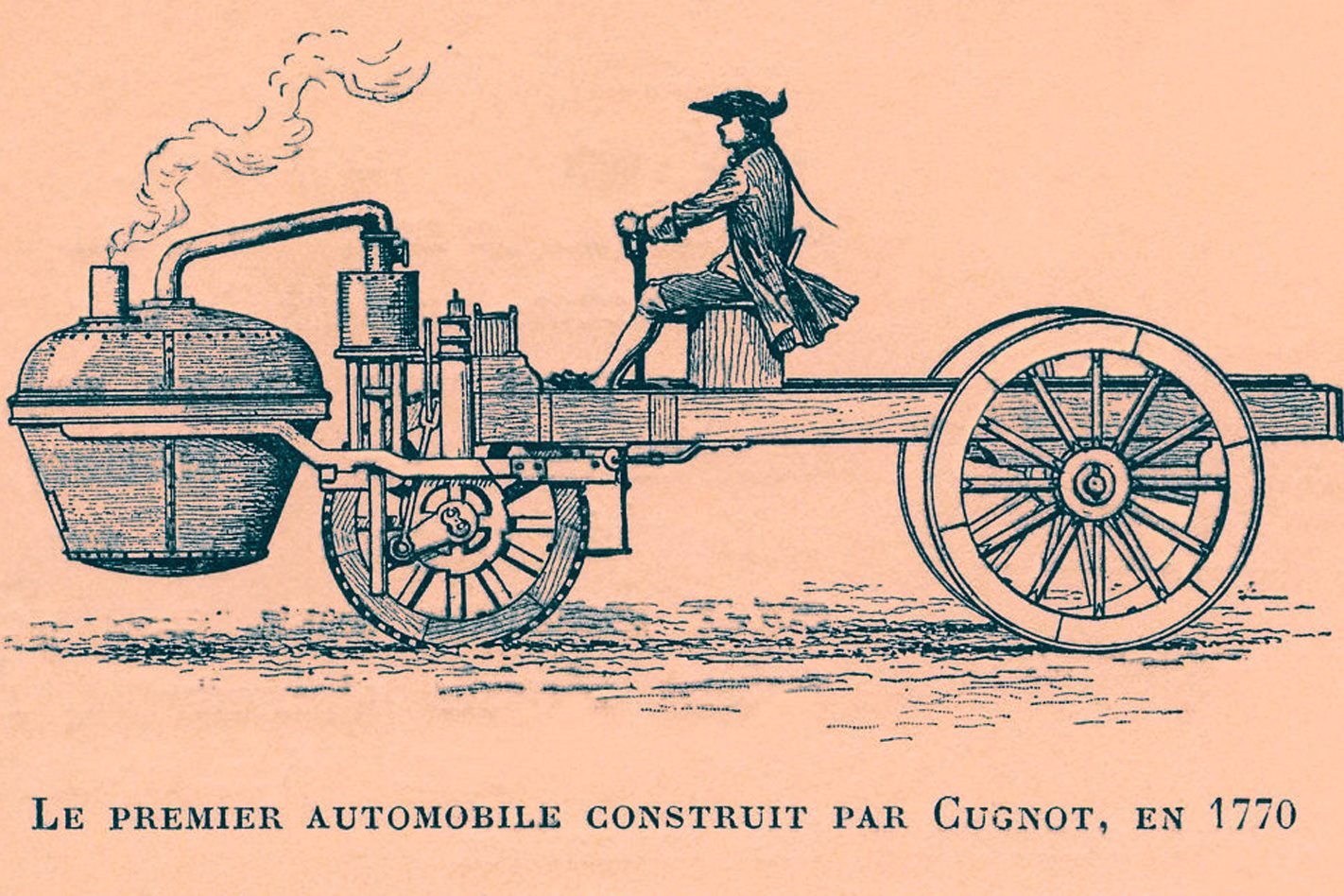
Ask anyone who knows a thing or two about motoring – who invented the car? – and they will probably tell you it was Mercedes-Benz. But while the German giant might be credited with producing the first ‘production’ car (we’ll come back to those inverted commas later), the very first car of all is harder to identify.
Follow the breadcrumb trail back through the murky waters of time and you’ll end up (or should that be start) more than 100 years before the creation of Mercedes’ first model. As interesting as the origins of today’s cars however, are the technological inventions that have come and gone many times along the way.
First mass-produced car – 1901
Many cite Ford’s Model T as the world’s first mass produced car but it wasn’t, nor according to another incorrect claim was it the first made on a production line. But perhaps more significantly, the Model T was the first to be produced on a moving production line.
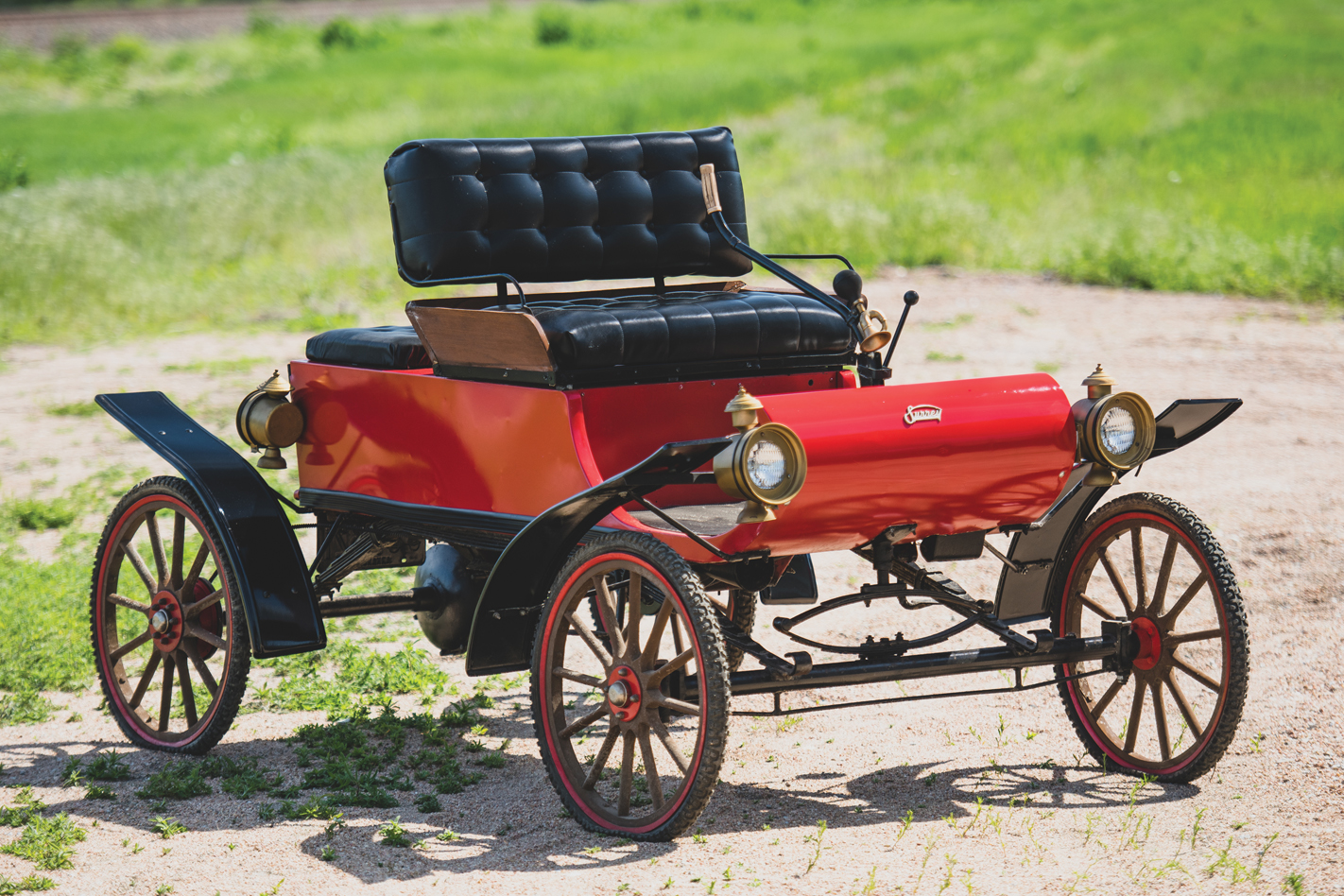
This important manufacturing evolution drastically reduced production times and costs, and that allowed it to be the first car available to the masses. What quantity deserves that accolade? Almost 20 years after the first was built in 1908, Henry Ford witnessed the 15 millionth example roll out of the factory.
Despite the Model T’s place in automotive history, the first mass-produced car was actually the Oldsmobile Curved Dash of 1901, which used a 4kW 1.6-litre single cylinder to move up to two people at a dizzying 32km/h. About 19,000 were built.
First production hybrid car – 1900
As the world’s leading manufacturers scramble to slash emissions, boost economy and cut carbon production, hybridisation is a hot topic with virtually all the mainstream brands now offering some interpretation of combustion/electric combination.
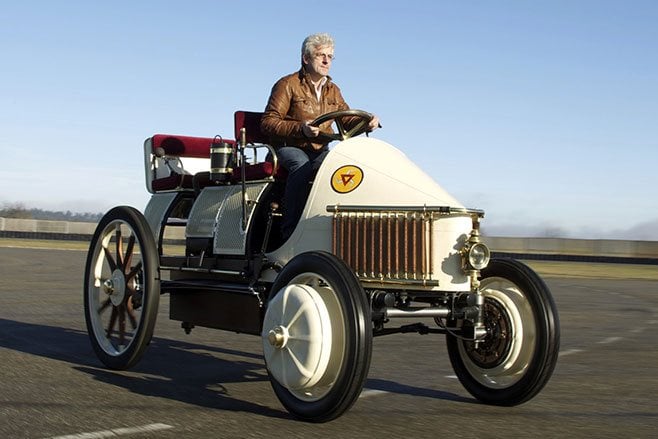
So it may surprise you to learn that hybrid cars are not, by a long way, a new idea. In fact, not only was the first production hybrid invented more than a century ago, it was created by none other than Ferdinand Porsche.
It’s battery weighed 1.8 tonnes, it could go no faster that 15km/h and its pure electric range was about 10km, but with a petrol engine to boost that distance, the Lohner-Porsche Mixed Hybrid has a little of its DNA in every Porsche hybrid on the road today, if not the models of every brand.
First production car – 1888
Karl Benz, who’s surname accounts for the latter part of the modern Mercedes-Benz brand, is often regarded as the grandfather of the modern car. In 1885, his first model – the Benz Patent Motorwagen – was born and the following year it was granted a patent.
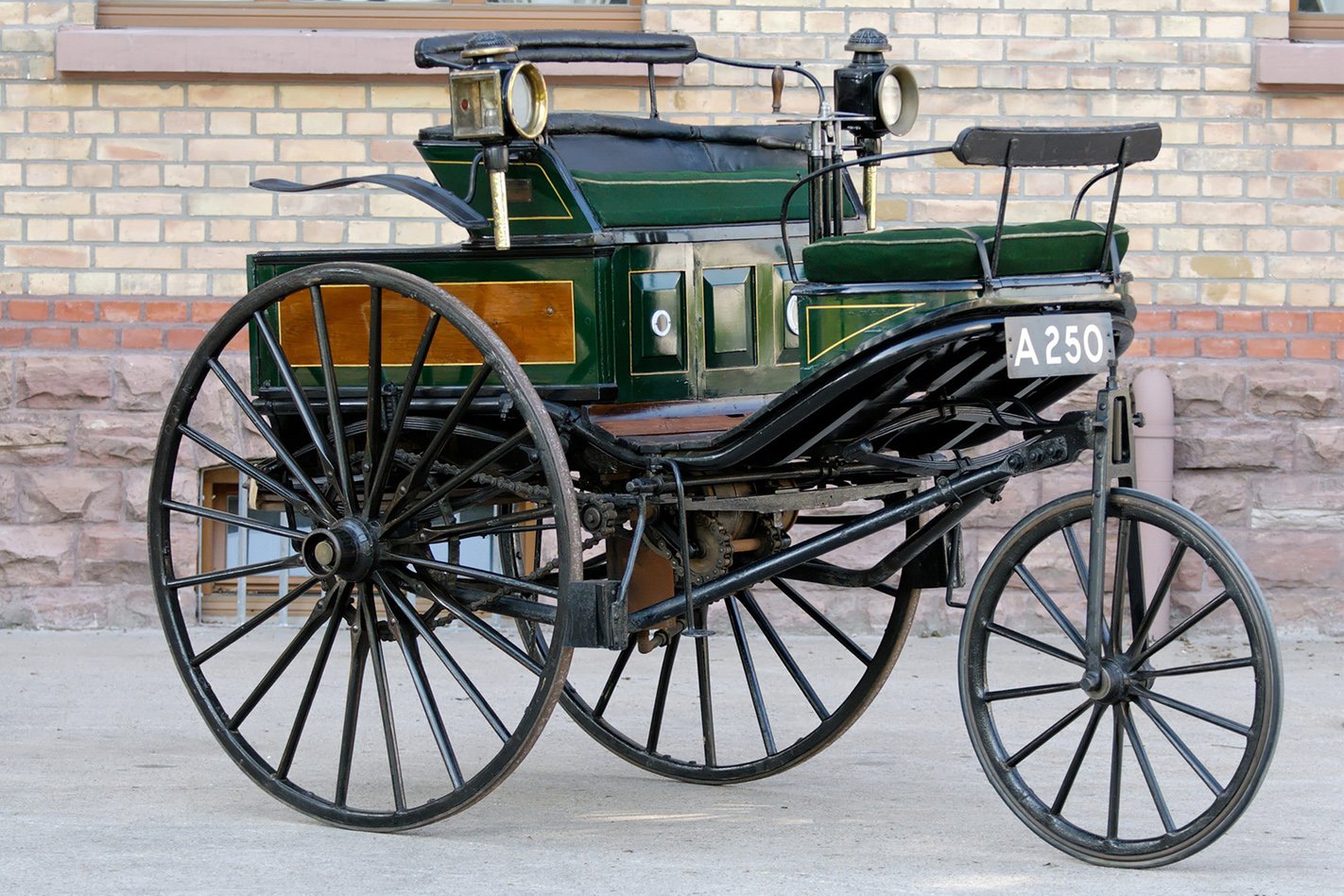
Most importantly though, in 1888, Benz offered the model for sale, taking his first model from the status of a one-off, into a commercially marketed machine – and the history books. He may have only produced about 25 of the cars, but that’s enough to earn the Benz Patent Motorwagen the title of first production car.
Little did he know at the time, but Benz only narrowly won the race to be the first, with Gottlieb Daimler and Wilhelm Maybach simultaneously developing their own car design that launched in 1889.
Either way, all three pioneers went on to forge the various facets of Daimler and Mercedes, and their surnames are very much a part of the German car company’s heritage to this day.
First petrol-powered car – 1870
This achievement was very nearly also awarded to Benz and thus confined to history, but a little-known engineer had already successfully created a petrol-burning ‘car’ in 1870.
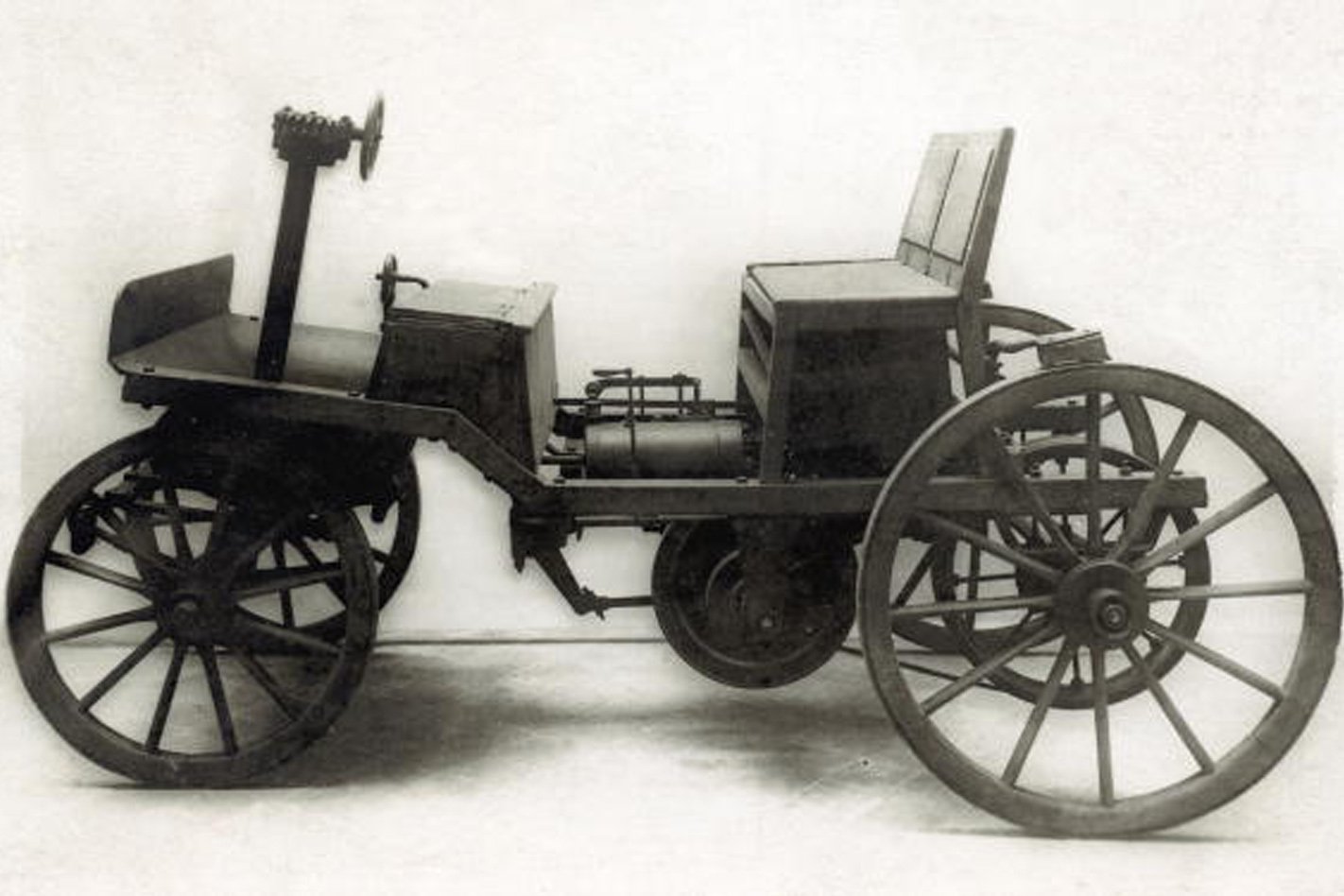
Siegfried Marcus built and patented a gasoline-powered handcart but followed it with a second vehicle – also in 1888 – a four-seater, petrol-engined car. The Second Marcus Car was regarded as the world’s first petrol-powered car and therefore, a logical pioneer of today’s cars. However, Marcus was of Jewish decent and all his achievements were erased from record by the Nazis in World War II.
While Benz is heralded in lights as the creator of the car, Marcus is arguably the godfather who gets little recognition.
First electric car – 1828
With combustion power establishing itself as the engine of choice for cars about 150 years ago (and that addiction to petrol and diesel only just starting to change today) it’s surprising to think that many viable power sources were on the table at the advent of privately owned cars. And that includes electricity.
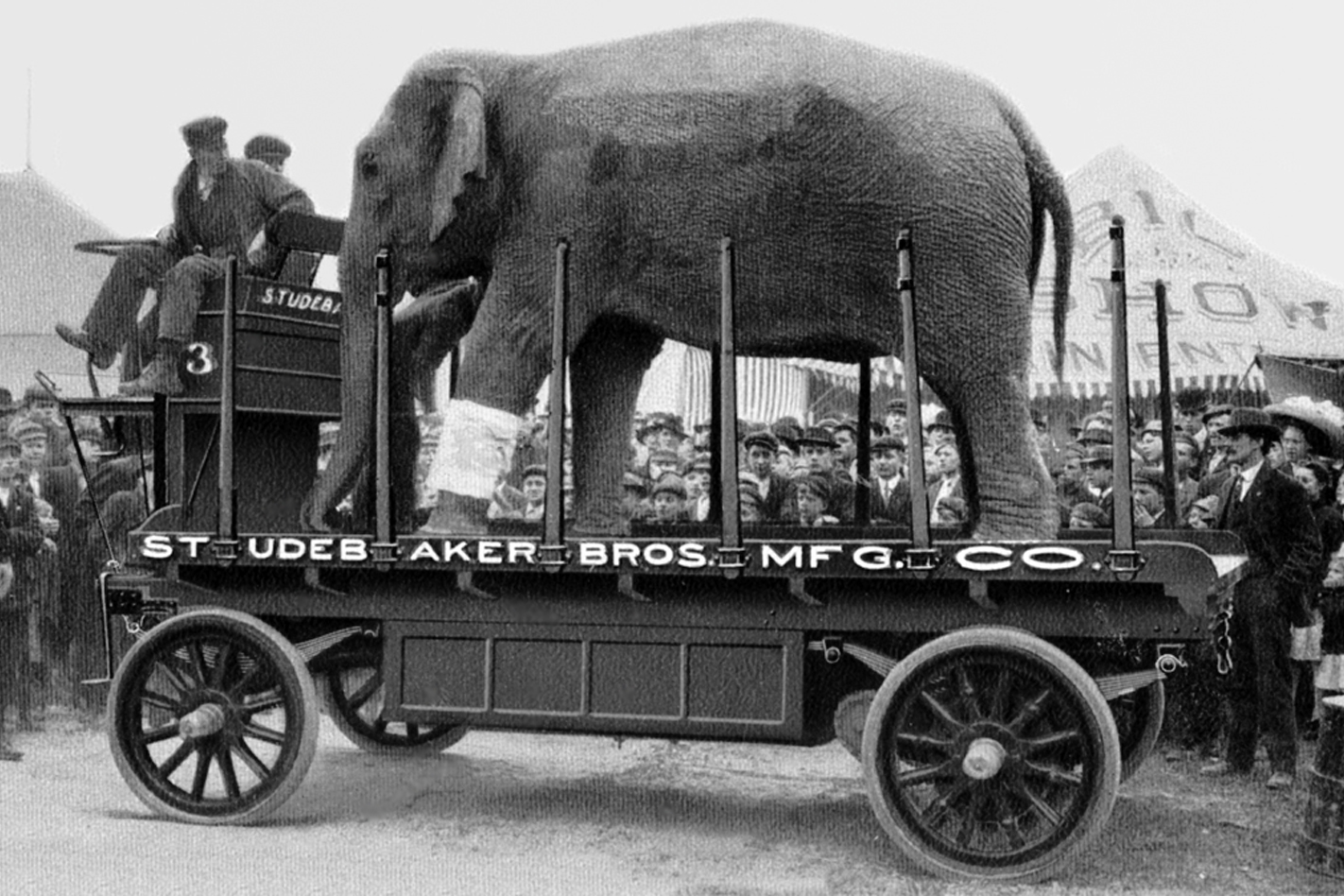
Not long after he created one of the world’s first viable electric motors, Anyos Jedlik fitted his invention into a tiny car. It was a few volts short of a Porsche Taycan but this Hungarian Priest’s invention was the world’s first electric car.
The primitive vehicle would be followed by many more advanced versions around the globe, gaining momentum faster than combustion power cars in both senses of the word. The earliest production electric vehicle was Thomas Parker’s 1884 machine which used high-capacity batteries and knowledge he gained by electrifying London’s Underground train network.
Furthermore, during the 1900, virtually all land speed records were held by EVs.
And in 1902, Studebaker became the first company to mass-produce an electric car. Alas, the superior performance of petrol-powered vehicles, coinciding with large-scale production operations from Ford and Oldsmobile forced the electric car into a long hiatus that only appears to be ending today.
The world’s first car – 1770 (or perhaps 1672)
And so finally, we can regress through time no further and arrive at the very genesis of all cars as we know them today. But once again we find the answer obscured by definition.
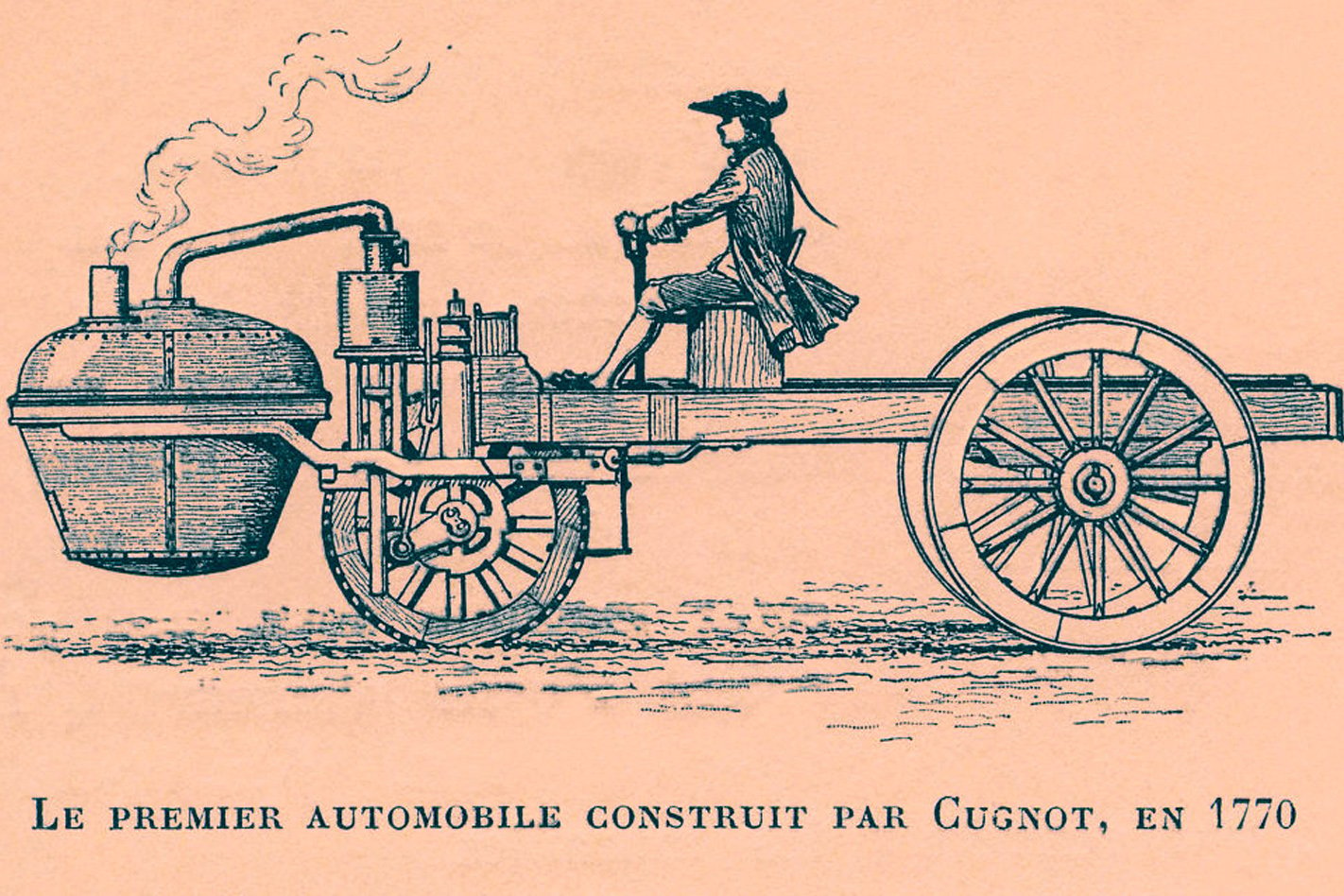
If you’re after the first driver-carrying self-propelled vehicle then look no further back than Nicholas-Joseph Cugnot and his 1770 ‘Steam dray’ – an experimental military tractor powered by a basic steam engine.
It might look like a Landcruiser stripped down to its chassis, rolling on a set of wagon wheels and with a gin still bolted to its nose, because that’s not far from the truth, but 250 years ago this early car was as cutting-edge as a Koenigsegg is today.
But the French inventor might have been beaten to the start line by by a Flemish missionary almost 100 years before that!
In 1672, Ferdinand Verbiest created what some might describe as a toy for Qing Dynasty emperor Xuanye, but others see it as a scale prototype for the first automobile. The 65cm-long car used a spherical boiler to shoot a jet of steam at basic turbine, which was connected to a wheel axle. With a single loading of coal, the little car could reportedly keep driving for about an hour, although no definitive evidence exists to prove it.
As far as we know, this 350-year old gift to a Chinese emperor was the first vehicle capable of moving on self-generated power – the first car, of sorts.
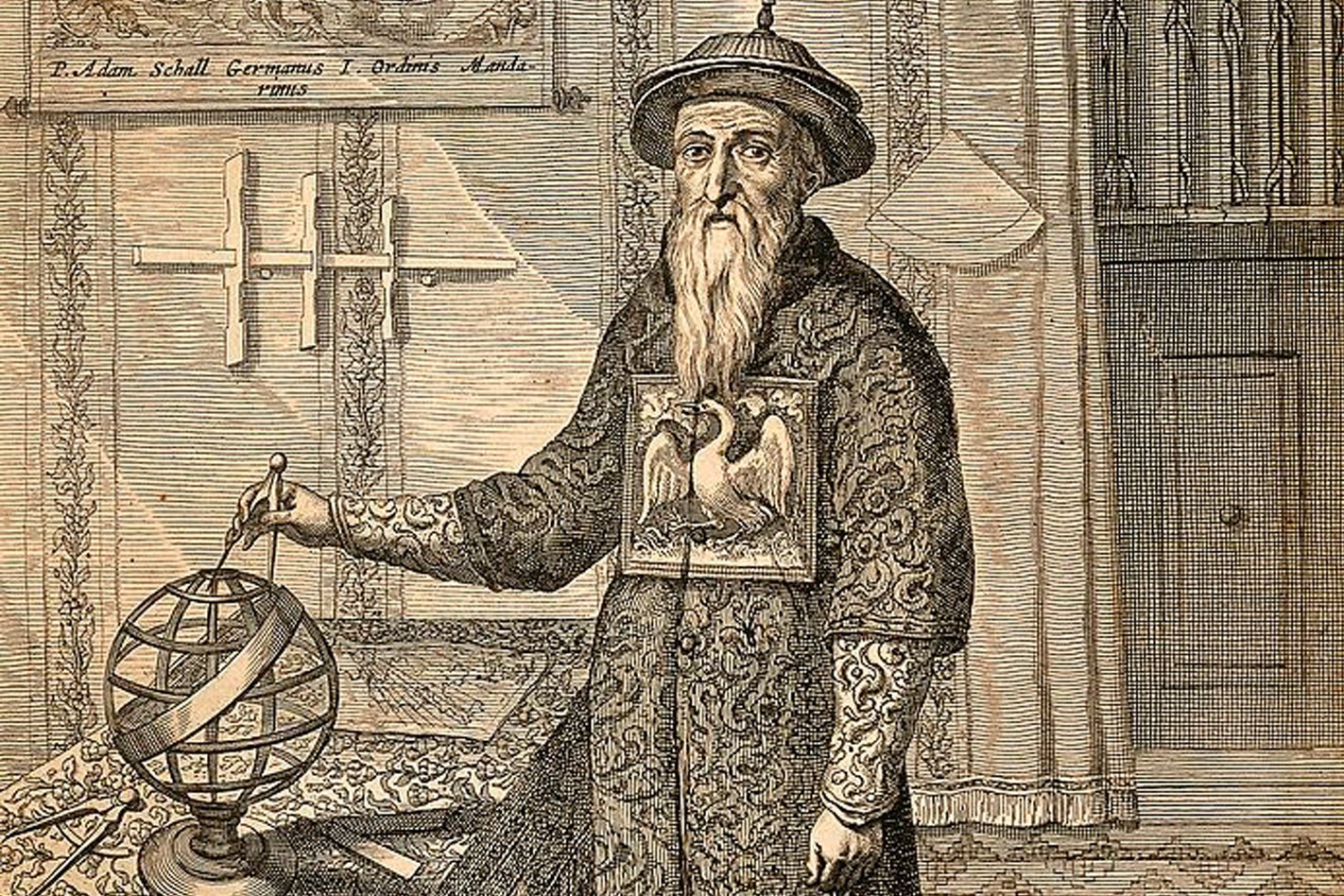
Whether the little car ever existed or not, Verbiest’s work will always have a significant place in the history of the car. In his Astronomia Europea, the mathematician and astronomer mentions the latin word ‘motor’ – this is the first recorded usage in the context and meaning we associate to this day.
If he didn’t actually create the first motorcar, Verbiest certainly named it.
Who invented the car?
Ultimately the car’s inventor comes down to a matter of definition and context, with the answer ranging anywhere between a car for the people born in 1901, to a four-wheeled, coal-fired folly of nearly 350 years ago. Take your pick.




